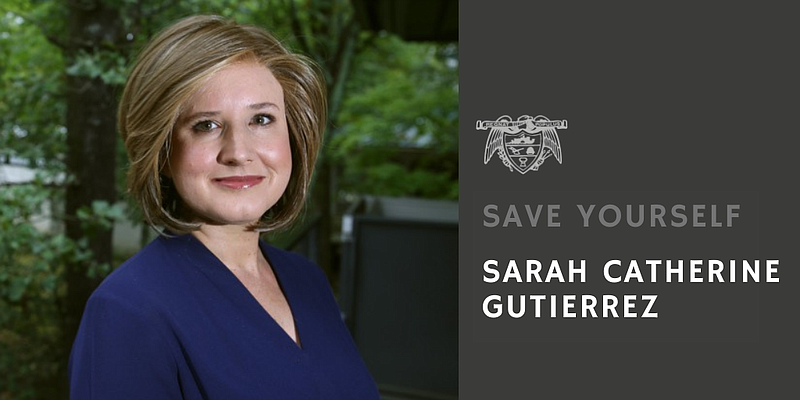This week my daughter, Lucia, got a new pair of tennis shoes. We aren't sure yet how much they cost, but we estimate they will cost several thousand dollars. Yes, you heard me right. To explain, she got the new shoes, and the next morning in a game of tag outside school, tripped, fell, and broke her pinky. Anyone with a high-deductible health care plan knows the drill -- get sick or injured and you will pay. A lot.
Driving to Arkansas Children's cringing at the sound of my sweet daughter crying in the back seat, and the thought entered my mind, "ugh, this was an off year for health care." Why? My husband and I are both entrepreneurs. Like many, we buy our health care privately, and in our case, we pay $1,258.76 in premiums each month for a family of five to keep us from consuming health care. Honestly, read that again: we pay $15,105.12 annually so we don't have to use health care.
If we were to consume health care, we would have to pay the first $6,900, called a deductible, before the health insurance would start to pay. For more than one person in our family to need health care in the same year, we would have to pay the first $13,800 before the insurance company started to pay. That is the "family deductible," which also happens to be the same as our total "out of pocket," expense limit, or, as I lovingly refer to it, the "OOPs."
Welcome to the world of high-deductible health care plans (HDHPs). According to the CDC, in 2007 only 15% of people aged 18-64 had this type of private health care plan, but more recently that number is estimated to be closer to 45%. As many can relate, this plan changes health care behavior. For us, other than basic preventive care, we think of health care as a reverse lottery; try not to hit the deductible every year. But Lucia clearly didn't get the memo. Or she didn't remember that we hit the deductible last year.
Thankfully, Lucia's pinky was successfully popped back into place and lovingly wrapped in a cast to let her bone heal over the next several weeks. During that time, we will start to get the bills for the X-rays, hospital, and specialist. And we will pay for those using our health savings, a pile of money that we add to every month in case of another "OOPs."
[Video not showing up above? Click here to view » https://www.youtube.com/watch?v=-ZxNPoD5t4s]
If you have a high-deductible health care plan on your own as a business owner or through your employer, then you should immediately begin a health savings account (HSA), if your plan is eligible, or a regular savings account if not. A health savings account is a special account designed for high-deductible health care plans that gives you a tax deduction on all savings into the plan, and as long as you use those savings on health care then you never have to pay those taxes back. Unlike the old flexible spending accounts (FSAs), health savings accounts are not "use it or lose it." You can accumulate these savings over time.
If you have a high-deductible health care plan, your savings goal at minimum should be to get your out of pocket maximum saved into that health savings account or a separate savings account if the plan is not HSA eligible. Pull up your health insurance plan details; there should be a section on plan highlights that lists your premium, deductibles and out of pocket maximum. The federal government has an annual savings limit for health savings accounts of $3,550 for an individual and $7,100 for a family with a $1,000 health savings account catch-up for people age 55 or older.
But back to the average consumer of a high-deductible health care plan. Decide how quickly you should and reasonably can fund your health savings account. For people who have lost the health care lottery with heart disease or diabetes, then the cost of the deductible (and possibly the OOPs) will be the annual savings target. For everyone else, that is your own gamble.
We try hard to save the maximum allowable for a family every year, at least until Lucia gets with the program.
Anyone reading this and running the numbers can understand how middle-class Americans are getting pummeled by health care spending, which is estimated to be over 10% of a median income of $64,000 per year. I believe it is one of the primary reasons why entrepreneurship has been on a decades-long decline.
But, as always, I will leave the solution to rising health care costs to our policymakers. For the rest of us with these high-deductible health care plans, we will have to save ourselves by opening and dutifully funding our health savings accounts, and by trying not break our pinkies.
Sarah Catherine Gutierrez is founder, partner and CEO of Aptus Financial in Little Rock. She is also author of the book "But First, Save 10: The One Simple Money Move That Will Change Your Life," published by Et Alia Press. Contact her at sc@aptusfinancial.com.
